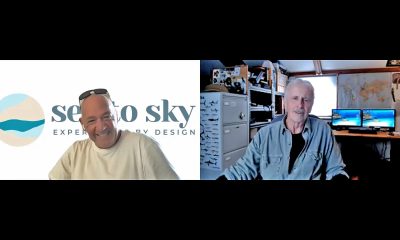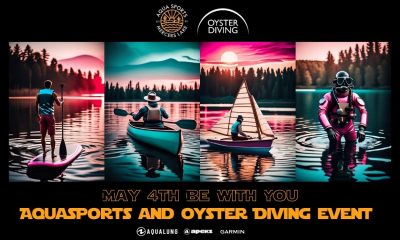News
Buoyancy 101: Do I need some help?
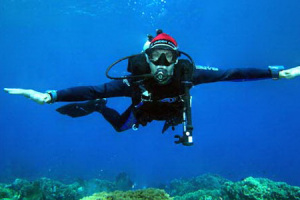
After Sidemount, my favourite course to teach is related to neutral buoyancy and buoyancy control. Why? In my opinion and experience divers gain the most value for money from learning better control of their buoyancy through a one day Advanced Buoyancy class than any other training, gadget or piece of equipment available on the market. I say this because the key benefits of improved buoyancy control are better protection of the marine environment (in case I want to come back and see it again), less physically draining diving and lower ‘Surface Air Consumption (SAC) rates. In simple terms you would probably dive easier and longer for the same money spent on air!
I am constantly reminded when diving of how other divers perceive the concept of trim and neutral buoyancy. Experienced divers I see kicking around or (even worse) lying on the reef as they try to get their next underwater masterpiece, they have the concepts in their head but perhaps are unsure about the execution. Only last month when I was running a small AB class (I call it the ‘Art of Buoyancy’ class), I asked the three students over coffee at the start of the day how they would rate their control underwater. All of them believed they were above average or fairly good. The woman who needed to dive with gloves knew that it was “important to keep off the reef” as she pushes the Gorgonian out of the way with a neoprene covered paw. The gentleman who was completing the course with his daughter claimed he was “very comfortable with keeping off the bottom” as he created a silt storm behind him. The good thing is that these three individuals recognized improving their buoyancy control would improve their diving experience.
The vast majority of divers, like my three students, understand the importance of buoyancy control. Many have not developed the appreciation or have had the opportunity to see or experience buoyancy control concepts in the real world and have not been able to adapt these into their own diving style. So how do you know if you need some help on buoyancy? I’ve listed below a few typical symptoms an signs that your control underwater may not be where you want it and that you may want to think about contacting your local PADI dive center for an AB course:
- Scuffed Fins: Check out the end of your fins. Do they look like they’ve been chewed by the cat for a month? Fins can take a small amount of abuse getting onto or off of the dive boats, but on the whole the fin tips should be fairly even and a recognisable shape. If yours are battered and worn, they have probably come in contact with the reef on a number of occasions.
- High SAC rate: If you had a SAC rate of more than 1 bar per minute (15 psi per minute) and you are usually the first to call ‘low air’ on a dive, and have maybe been referred to as an ‘air hog’.
- Single Kick Style: What is you kick style? Do you only use a flutter kick (up and down movement)? Do you struggle with any other style of kick?
- Hips Down: In candid pictures of your diving from your buddies, are your hips predominately lower than your torso? Get your friends to take some video too and see how you look. Is this how you think you look in the water?
- Handy Man: Do you have a tendency to use your hands for either propulsion or control in the water? We call it sculling, and apart from turning in really tight spaces (usually created by students wanting to see what I am looking at and giving me no room to get out of their way!) it is a really ineffective way of moving in the water. Measure your hand size against a fin and take a guess – which would give you better propulsion if you could control it?
Anyone of these symptoms could suggest that you need to be more aware of your position in the water and your diving style. If your head is bouncing like a nodding dog, then you should come and check me out. Through your Open Water course you’re taught the basic principles of buoyancy control, and many instructors have a different view of the ‘mastery’ requirement. With something like the ‘Art of Buoyancy’ course we’re going to give you the skills to become a master. If you were to take a class like this, your diving would improve. The degree of improvement would depend on how much effort you put in and how much practice you put into each skill, but generally students see marked improvements in their air consumption and are able to enjoy longer dives. They expend less energy on the dive and therefore are less tired during the ‘Après Dive’ sessions.
When I am looking to teach this course, the principal is to use a lot of the skills that you would have learnt in Open Water and try to conduct them in mid-water. This is a principal I was taught when I learned how to dive Sidemount with Fernando Cañada. We would be looking at things like: In confined water conditions can you complete the following skills and still maintain your position?
- Blind hover – Get yourself into a hover in about 2m of water. Close your eyes and hold your position for 20, 30 and 60 seconds.
- Mask remove and replace – Get yourself into a hover in about 2m of water. Remove your mask and hold it off for about 5 breaths before replacing it
- BCD remove and replace – Get yourself into a hover in about 2m of water. Remove your BCD fully and put it back on again.
If you would like to find out more about improving your buoyancy, completing the ‘Art of Buoyancy’ program or learning to dive in the amazing Caribbean Sea off Carriacou, visit www.deeferdiving.com.
Blogs
TRAVEL BLOG: Jeff Goodman Dives SOMABAY, Part 2

Day three of my trip to Somabay and we were spending the day on the Lady Christina and diving on the wreck of the Salem Express.
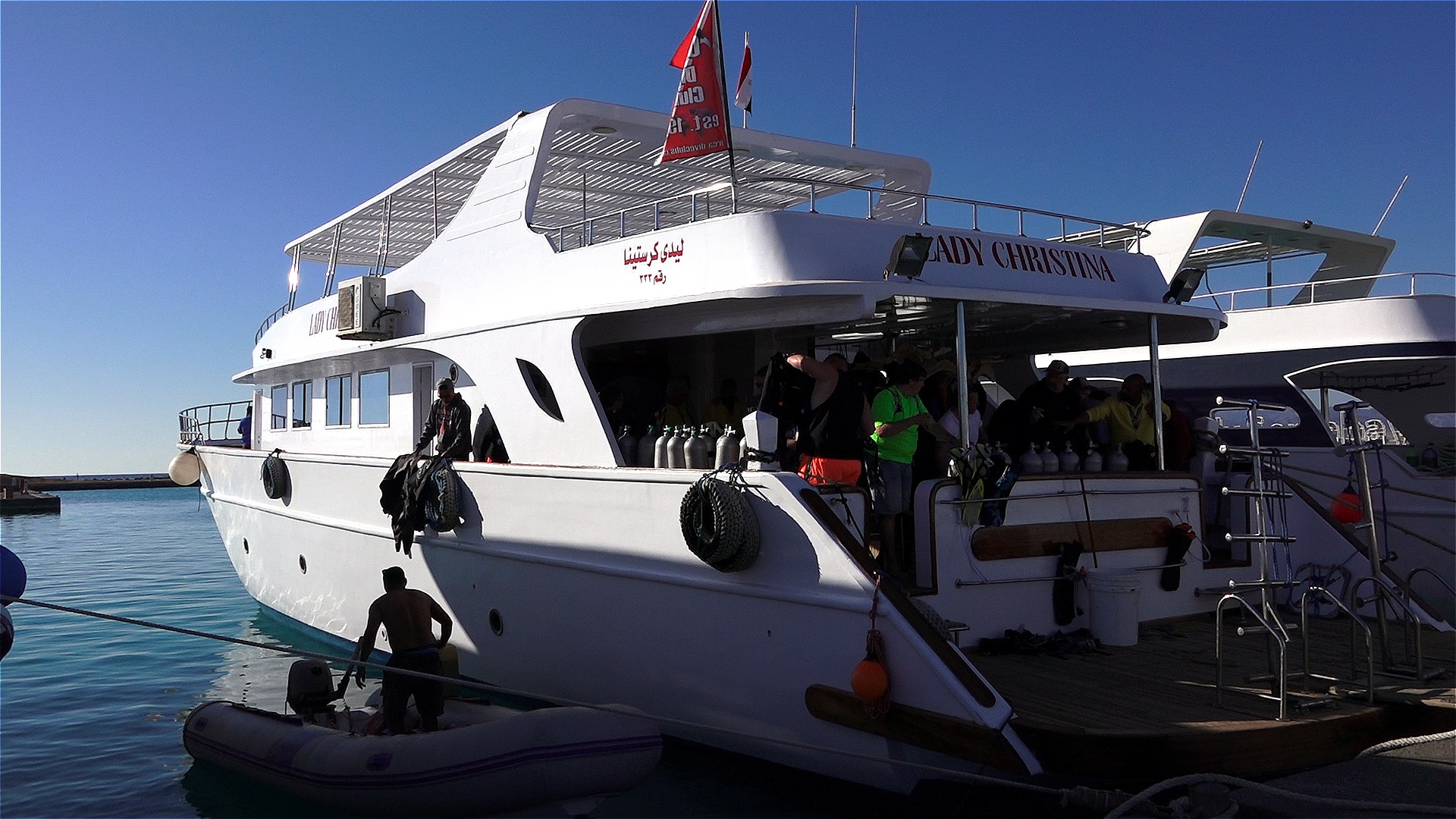
Diving wrecks for me is always one of mixed emotions. The excitement of diving a wreck is more than often tempered by the thought of loss of life when she sank. The Salem Express was a passenger ship and a roll-on/roll-off ferry travelling from Jeddah, Saudi Arabia to Safaga, Egypt. Most passengers were of poor class travelling home from their holidays while around 150 people were returning home from their pilgrimage to Mecca.

The ship struck a reef and sank within 20 minutes. Passengers were trapped below deck and the ship was filled with fear and panic.

The wreck area is strewn with personal belongings from the crew and passengers such as a transistor radio and a flat iron for clothes. A diver at sometime has put them in a prominent place to be seen.

Tragically only one life boat was launched while the others went down with the ship. More than 600 men, women and children lost their lives here.

It’s a stark reminder that the sea can be unforgiving and so when we dive on such wrecks we should do so with humble regard.
Returning to the surface, shoals of fish are gathered under our boat and seem to be welcoming us back into the light.
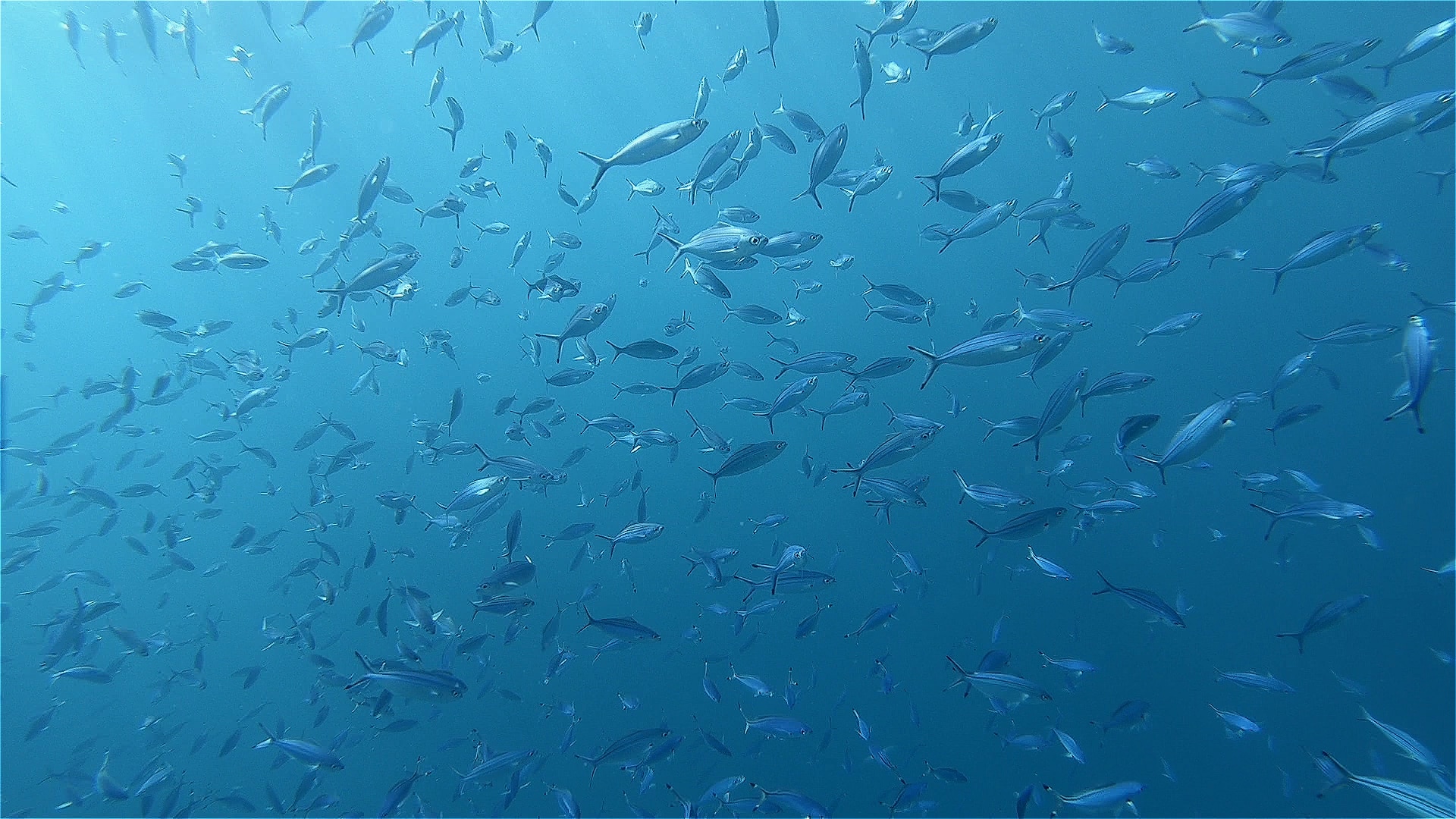
Back at the Breakers I sat in the dining area with a beer and a very good meal while my thoughts still remained with the day’s dive on the Salem Express.
Check in for part 3 tomorrow for Jeff’s last day of diving with Somabay on the off-shore reefs looking for turtles.
Book your next Red Sea dive adventure with SOMABAY! For more information, visit www.somabay.com.
Stay at the Breakers Diving & Surfing Lodge when you visit! For more information, visit www.thebreakers-somabay.com.
Find out more about ORCA Dive Clubs at SOMABAY at www.orca-diveclubs.com/en/soma-bay-en.
Blogs
TRAVEL BLOG: Jeff Goodman Dives SOMABAY, Part 1

For a week at the end of February I was invited to sample the diving with Orca Dive Club based at the Breakers Diving and Surfing Lodge by courtesy of SOMABAY.
Somabay covers an entire peninsula and is home to several resorts as well as residential compounds. Somabay caters for scuba diving as well as many other sports, including windsurfing, golf, sailing, go-carting, horse riding and many other activities.
All the activities are of a world-class standard and any or all of these can be booked directly from The Breakers.
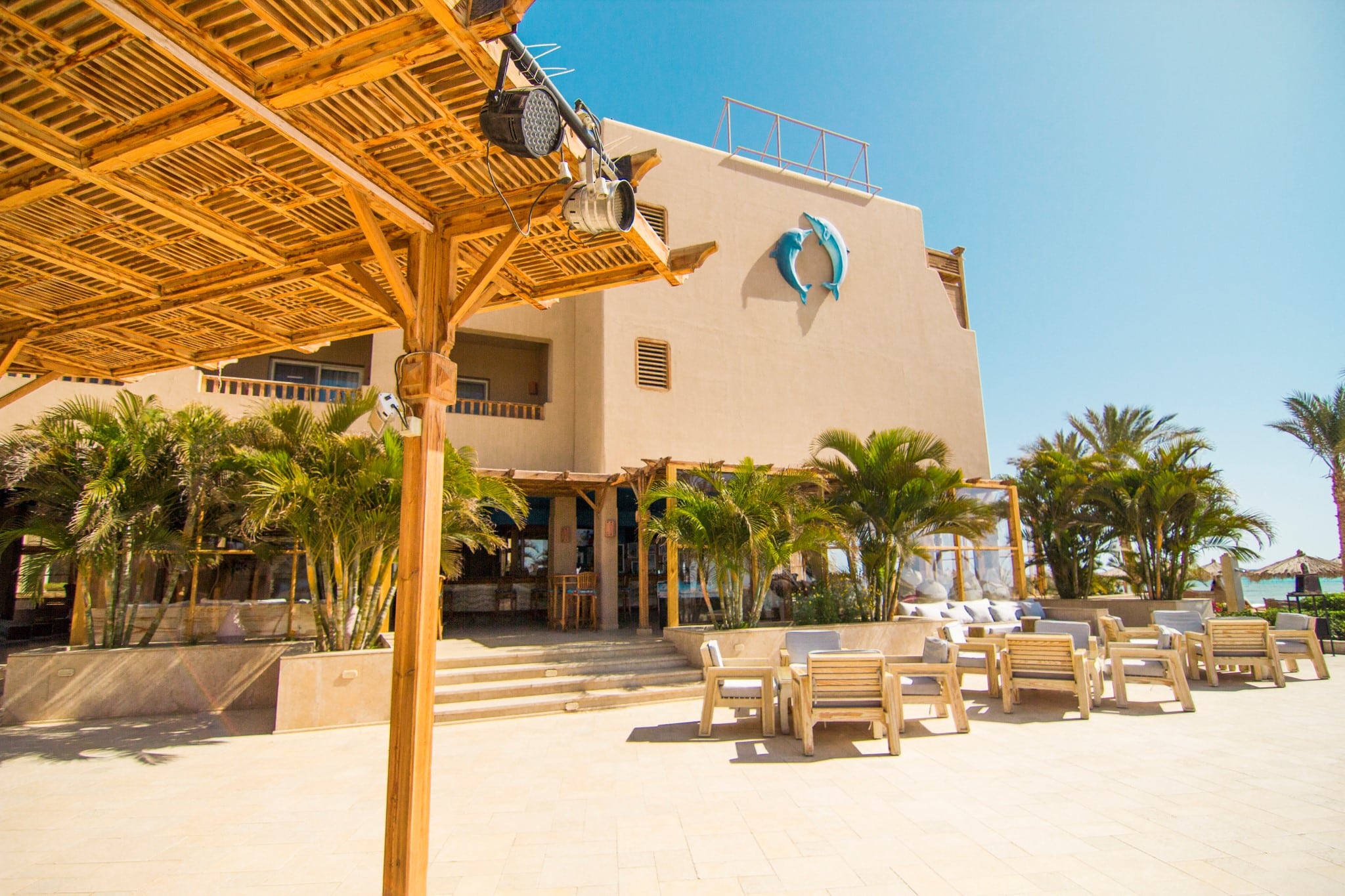
I took Easyjet from Bristol (UK) to Hurghada. Easyjet are not by any means my favourite airline but the flight was cheap and direct (except for the surprise extra £48 I was charged at the gate for my carry-on bag).
I was met at Hurghada airport by a driver and car and taken to the Breakers 28 miles (45Kilomaters) south along the coast. Once at the hotel I was too late for an evening meal and so a basic meal was delivered to my room. That and a beer from the fridge and I was fast asleep.
Early the next morning after breakfast I arrived for my rep meeting at the Orca Dive Center for 8.00am. I was immediately made to feel welcome, and after brief introductions I got some dive gear from the store, had a chat with my dive guide Mohamed and got ready to try the house reef situated at the end of a very long wooded pier where all diving gear and divers are taken out by buggies.
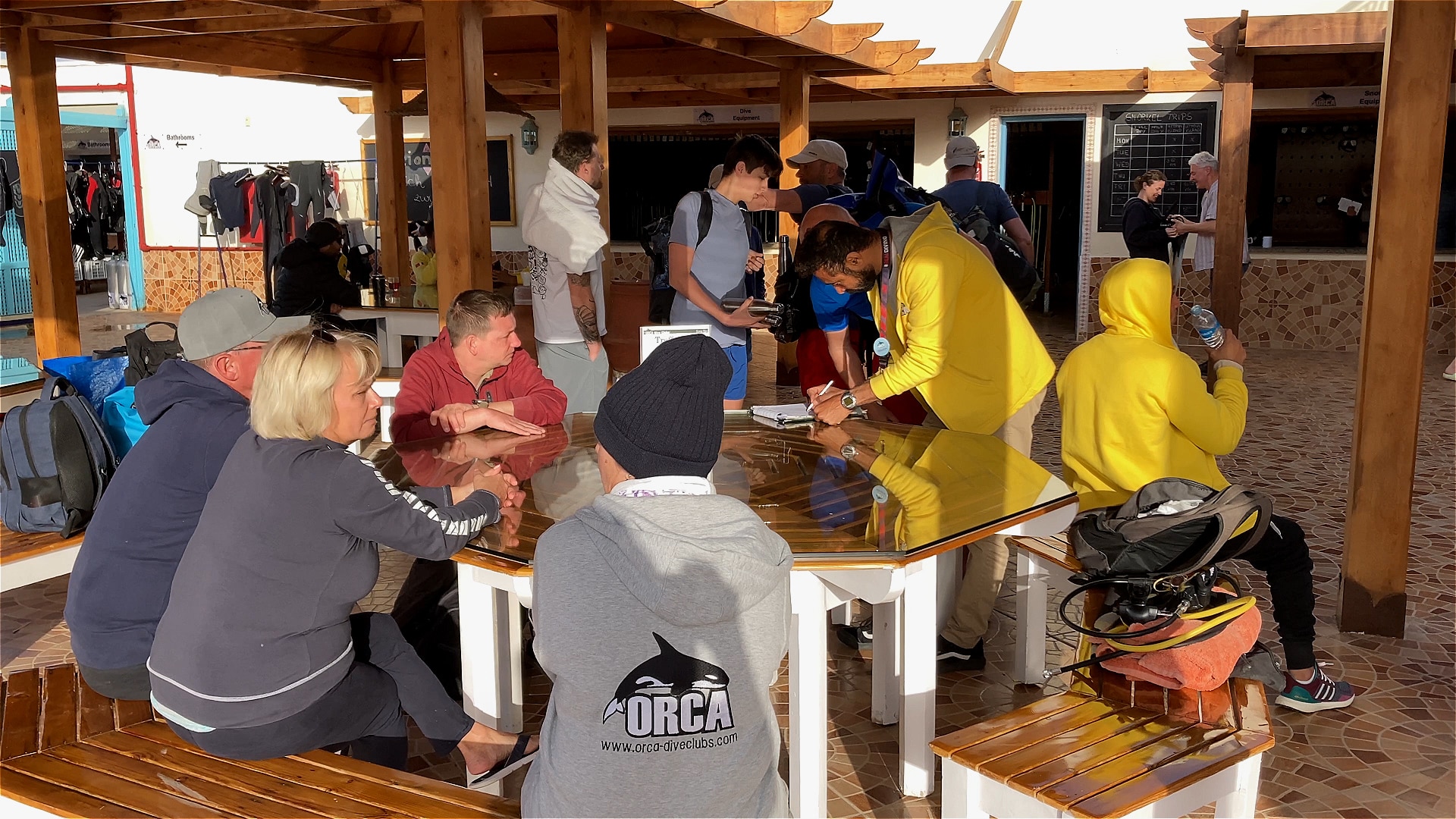
Once at the end of the pier, a helping hand from staff makes sure your gear is set and then it’s a short walk to the very end where you can either climb down a ladder of simply jump in the water next to the reef. The house reef extends both north and south giving a very easy and safe dive with plenty to see. At this time of the year the water temperature was a constant 22 degrees Centigrade and there was little or no current, so there were no issues in swimming back to the pier.
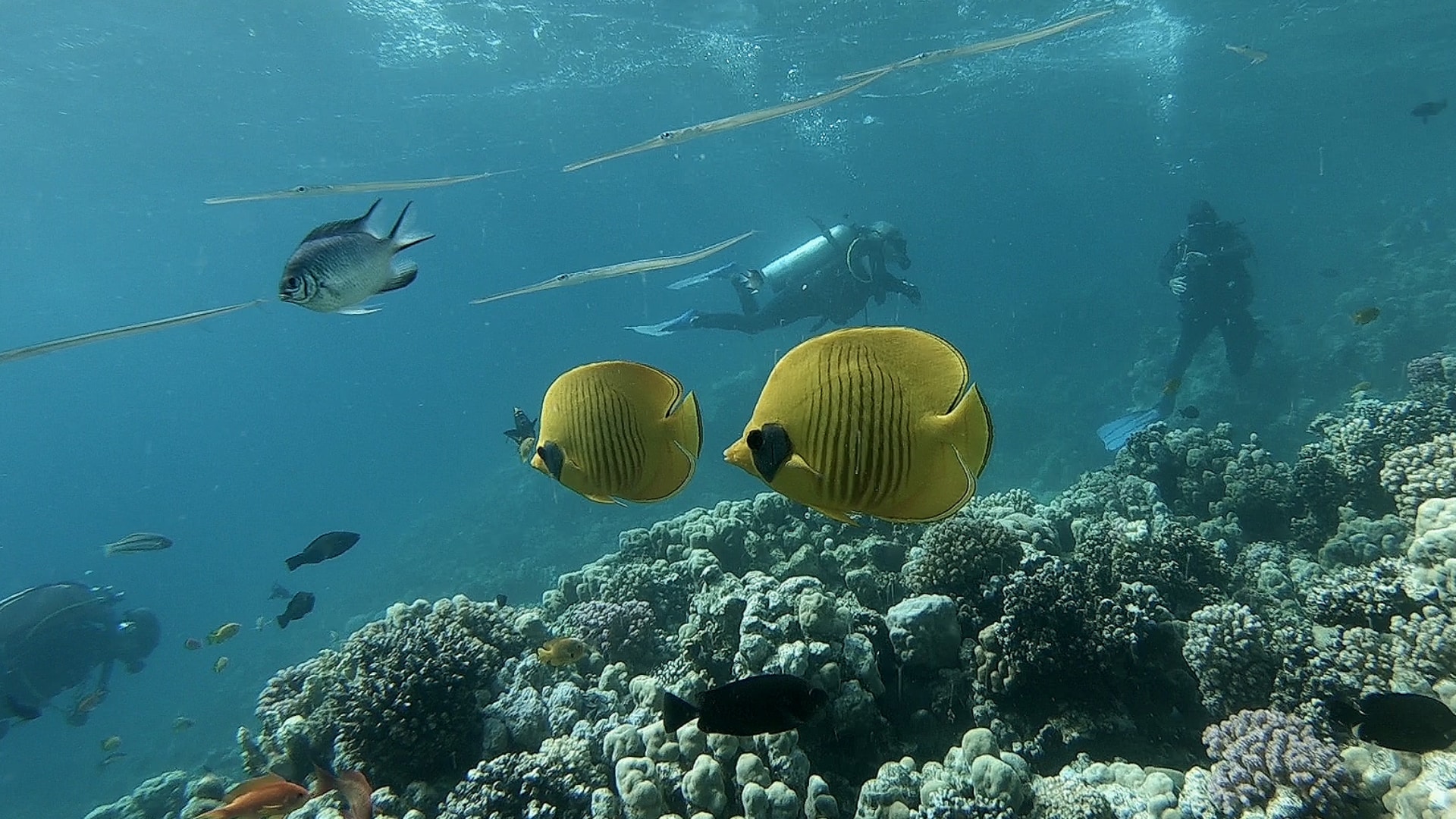
Quite a few divers were in dry or semi-dry suits, but being from the UK and used to the cold I found a 3mm wetsuit with a 3mm neoprene vest quite comfortable. Even after 50 years of diving I still find that first dive of a trip slightly nerving until I am actually underwater and then all becomes relaxed and I ease into auto diving mode. There was plenty to see with many of the Red Sea favourites along the way.
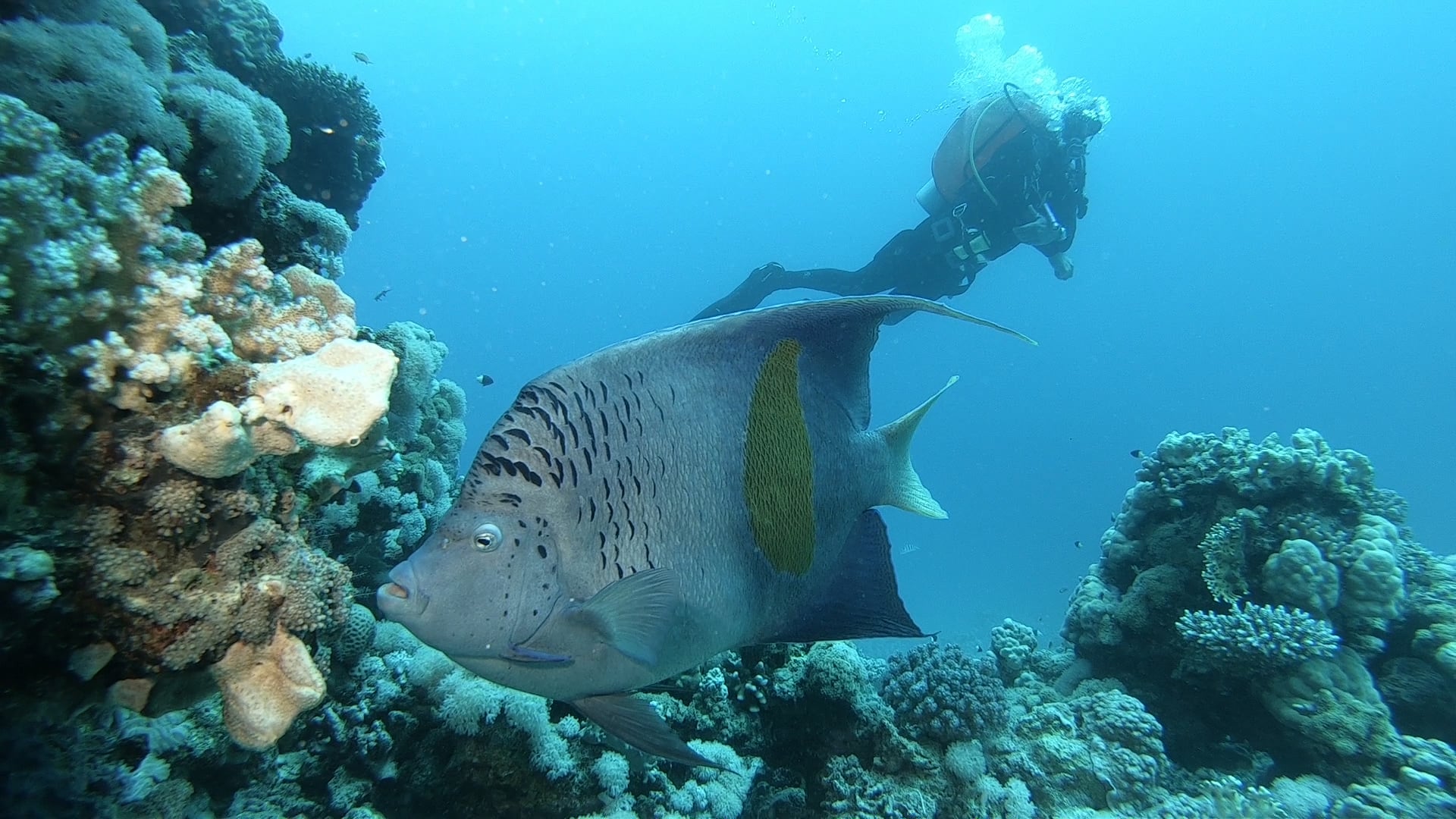
After the dive and a buggy ride back to the hotel for a very good buffet lunch I was back in the water, once again on the house reef for an afternoon dive.
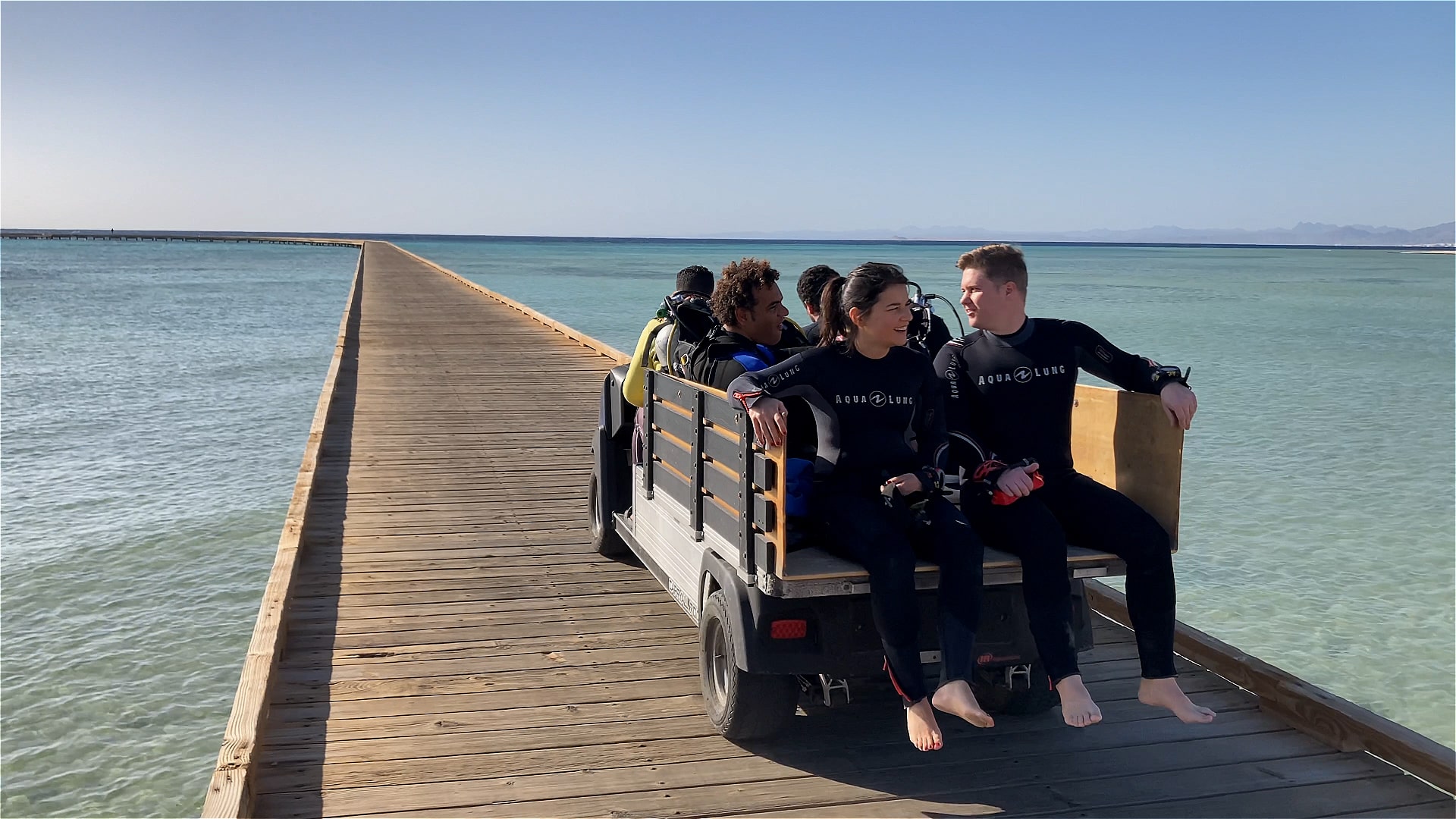
Check in for part 2 tomorrow when Jeff gets on a day boat and dives a few of the off-shore reefs.
Book your next Red Sea dive adventure with SOMABAY! For more information, visit www.somabay.com.
Stay at the Breakers Diving & Surfing Lodge when you visit! For more information, visit www.thebreakers-somabay.com.
Find out more about ORCA Dive Clubs at SOMABAY at www.orca-diveclubs.com/en/soma-bay-en.
-

 News3 months ago
News3 months agoHone your underwater photography skills with Alphamarine Photography at Red Sea Diving Safari in March
-

 News2 months ago
News2 months agoCapturing Critters in Lembeh Underwater Photography Workshop 2024: Event Roundup
-

 Marine Life & Conservation Blogs2 months ago
Marine Life & Conservation Blogs2 months agoCreature Feature: Swell Sharks
-

 Blogs1 month ago
Blogs1 month agoMurex Resorts: Passport to Paradise!
-

 Gear News3 months ago
Gear News3 months agoBare X-Mission Drysuit: Ideal for Both Technical and Recreational Divers
-

 Blogs2 months ago
Blogs2 months agoDiver Discovering Whale Skeletons Beneath Ice Judged World’s Best Underwater Photograph
-

 Gear Reviews2 months ago
Gear Reviews2 months agoGear Review: Oceanic+ Dive Housing for iPhone
-
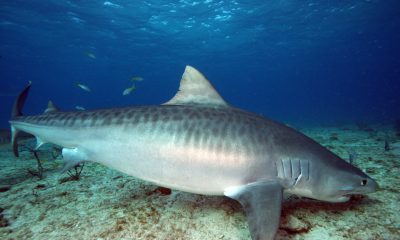
 Blogs3 months ago
Blogs3 months agoThe Thrilling Encounter with Tiger Sharks at Beqa Lagoon’s ‘The Colosseum’ with Coral Coast Divers







